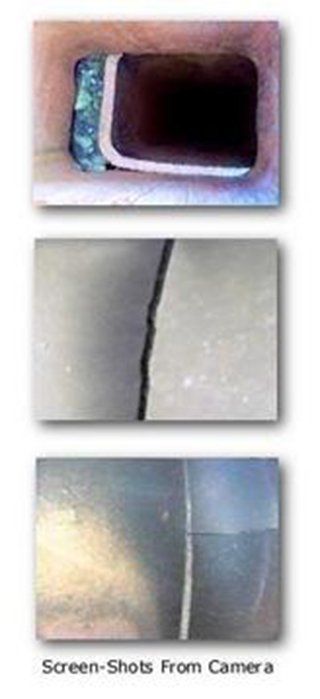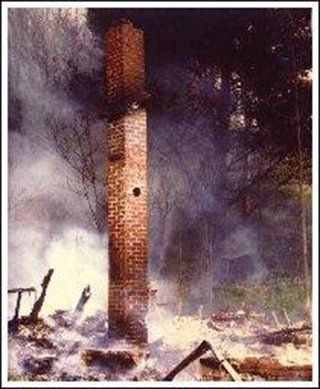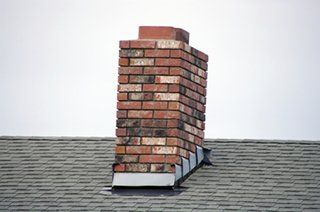Chimney Fires
As you snuggle in front of a cozy fire or bask in the warmth of your wood stove, you are taking part in a ritual of comfort and enjoyment handed down through the centuries. The last thing you are likely to be thinking about is the condition of your chimney. However, if you don’t give some thought to it before you light those winter fires, your enjoyment may be very short-lived. Why? Dirty chimneys can cause chimney fires, which damage structures, destroy homes and injure or kill people.

CREOSOTE & CHIMNEY FIRES: WHAT YOU MUST KNOW
Fireplaces and wood stoves are designed to safely contain wood-fueled fires, while providing heat for a home. The chimneys that serve them have the job of expelling the by-products of combustion – the substances given off when wood burns.
HOW CHIMNEY FIRES DAMAGE CHIMNEYS
Masonry chimneys. When chimney fires occur in masonry chimneys – whether the flues are an older, unlined type or are tile lined to meet current safety codes – the high-temperatures at which they burn (around 2000° F) can “melt” mortar, crack tiles, cause liners to collapse and damage the outer masonry material. Most often, tiles crack and mortar is displaced, which provides a pathway for flames to reach the combustible wood frame of the house. One chimney fire may not harm a home. A second can burn it down. Enough heat can also conduct through a perfectly sound chimney to ignite nearby combustibles.

Ways to Keep the Fire You Want…From Starting One You Don’t!
Chimney fires don’t have to happen. Here are some ways to avoid them:
- Use seasoned woods only (dryness is more important than hard wood versus soft wood considerations).
- Build smaller, hotter fires that burn more completely and produce less smoke.
- Never burn cardboard boxes, wrapping paper, trash or Christmas trees; these can spark a chimney fire.
- Install stovepipe thermometers to help monitor flue temperatures where wood stoves are in use, so you can adjust burning practices as needed.
- Have the chimney inspected and cleaned on a regular basis.
Here are the signs a professional chimney sweep looks for:
- “Puffy” creosote, with rainbow colored streaks, that has expanded beyond creosote’s normal form
- Warped metal of the damper, metal smoke chamber, connector pipe or factory-built metal chimney
- Cracked or collapsed flue tiles, or tiles with large chunks missing
- Discolored and distorted rain cap
- Creosote flakes and pieces found on the roof or ground
- Roofing material damaged from hot creosote
- Cracks in exterior masonry
- Evidence of smoke escaping through mortar joints of masonry or tile liners

If you think a chimney fire has occurred, call a CSIA Certified Chimney SweepTM for a professional evaluation. If your suspicions are confirmed, a certified sweep will be able to make recommendations about how to bring the system back into compliance with safety standards. Depending on the situation, you might need a few flue tiles replaced, a relining system installed or an entire chimney rebuilt. Each situation is unique and will dictate its own solution.
WHAT TO DO IF YOU HAVE A CHIMNEY FIRE
If you realize a chimney fire is occurring, follow these steps:
1) Get everyone out of the house, including yourself.
2) Call the fire department.
If you can do so without risk to yourself, these additional steps may help save your home. Remember, however, that homes are replaceable, but lives are not:
- Put a chimney fire extinguisher into the fireplace or wood stove
- Close the glass doors on the fireplace
- Close the air inlets on the wood stove
- Use a garden hose to spray down the roof (not the chimney) so the fire won’t spread to the rest of the structure
- Monitor the exterior chimney temperature throughout the house for at least 2 or 3 hours after the fire is out

